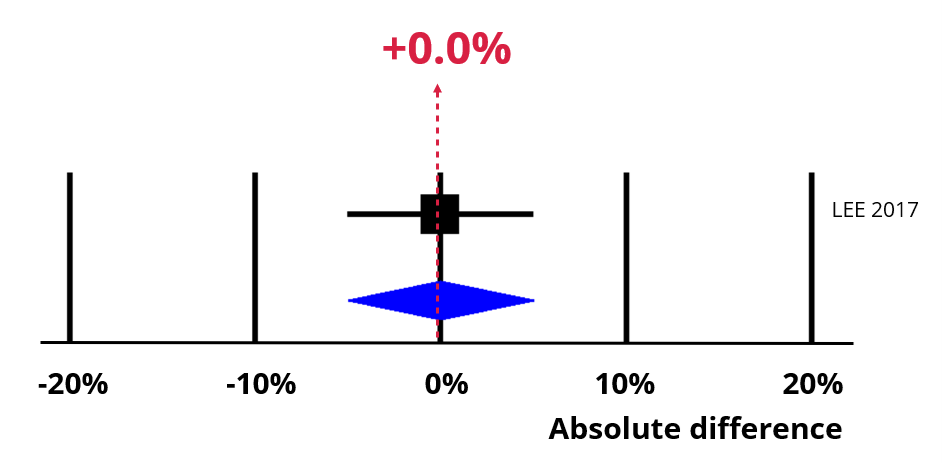A series of postcards that depict the trial logo and research institute logos are mailed out. One of the postcards has a statement similar to “look out for your invitation letter in the coming weeks…” with contact details. A week later, the standard approach to recruitment with formal invitation letters is commenced.
Using a postcard teaser campaign made little or no difference to recruitment.
An increase of 0% (95% confidence interval = -4% to 5%).
GRADE Moderate certainty.
We recommend that trialists use postcard teaser campaigns in the context of an intervention evaluation.
See Resource bundle below for details on how to implement a postcard teaser campaign.
Imagine a trial that needs to recruit 30 participants and initial recruitment is 30% of those approached. This means you’d need to approach 100 people to recruit 30 of them (see chart).

Now imagine using a postcard teaser campaign. The chart below shows the impact of an absolute increase of 0% (95% CI = -4% to 5%). Recruitment is still 30%, which means our best estimate is that 100 people would still need to be approached to recruit 30.

